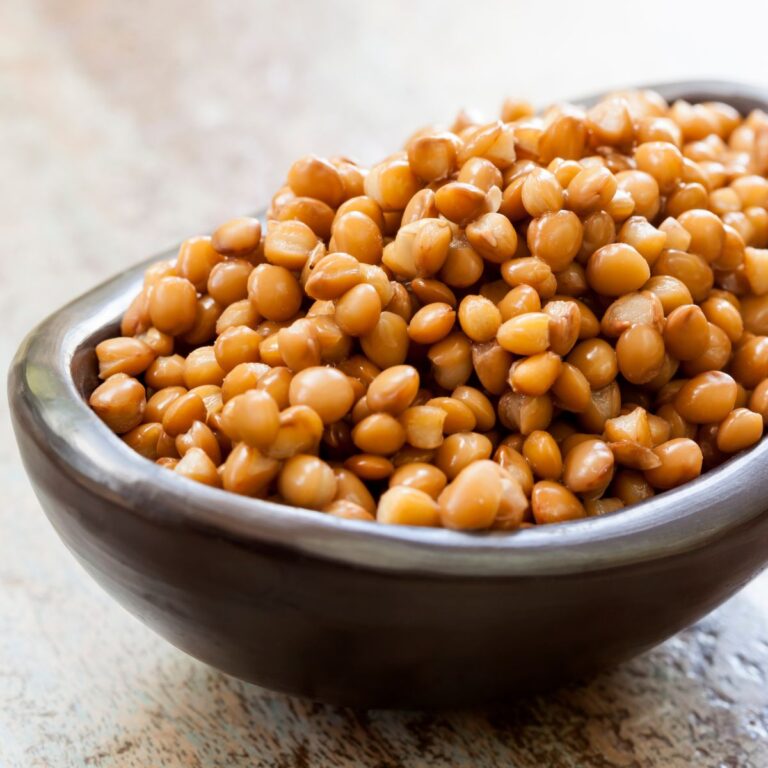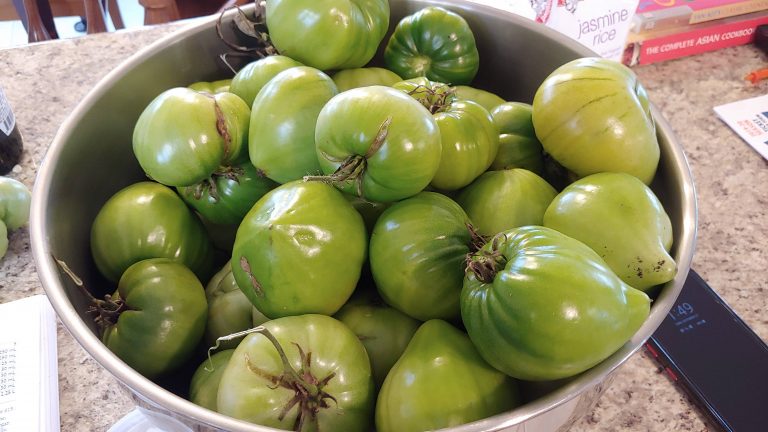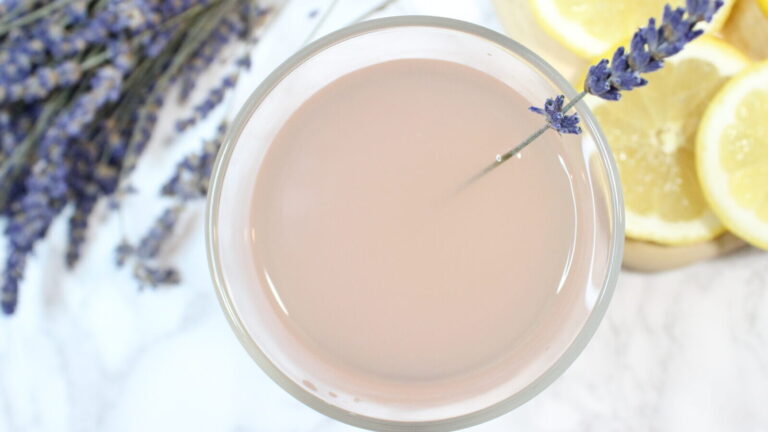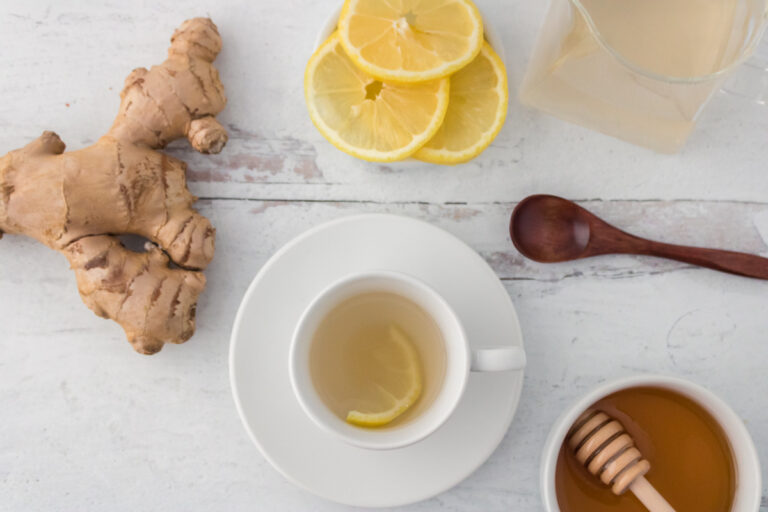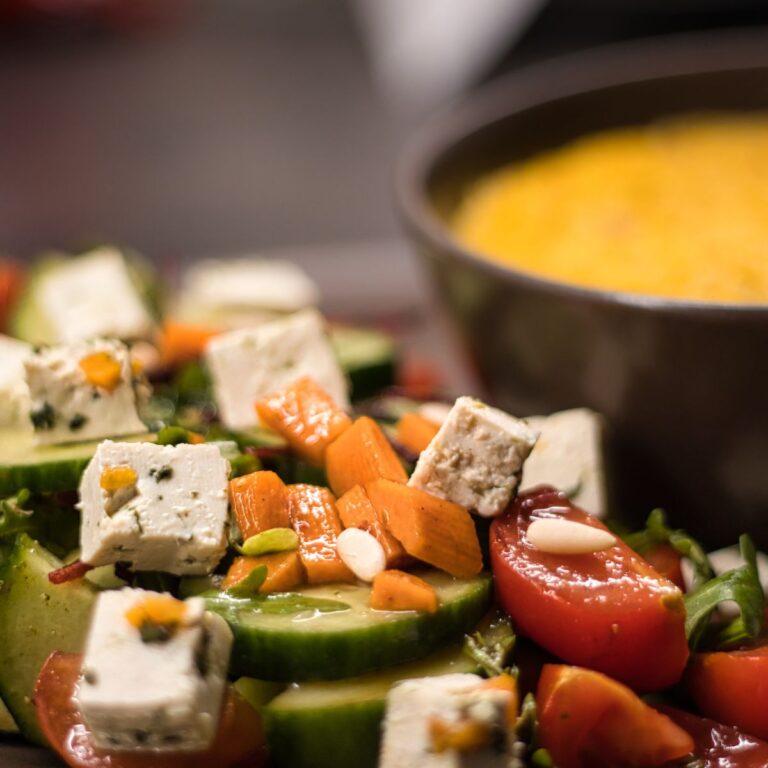This post may contain affiliate links.
Flax seed eggs can be substituted for regular eggs in many recipes.
There comes a time in every baker’s life when comfort baking is needed, but the egg carton is empty. In more extreme times, we may need sustenance for our family but have to conserve eggs. Or, perhaps you have a vegan friend coming to dinner. In any of these instances, a shelf-stable pantry supply can save us in a pinch – FLAX.
Here’s how you can substitute ground flax seed for eggs in your recipes.
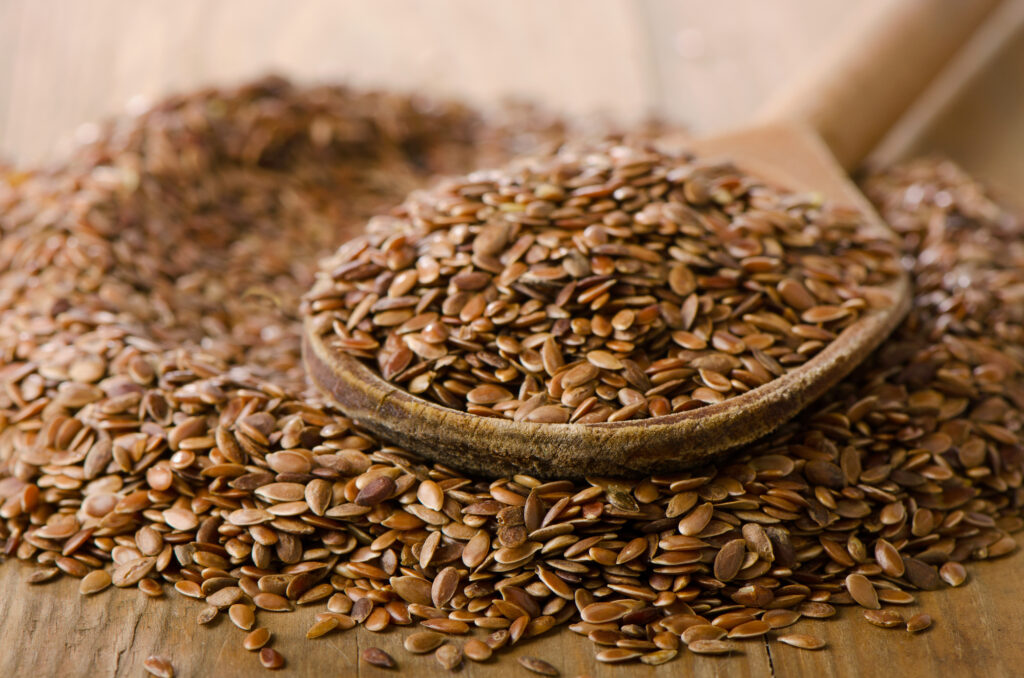
What is Flax?
Flax is an ancient seed, like chia, known for being high in Omegas. Flax is also a great protein source and extremely high in fiber.
Flax also contains a high level of “mucilage,” which helps it absorb moisture easily when ground. This makes it a great thickener for sauces – and a great egg substitute!
Before using flax as a substitute for eggs, it needs to be ground. Ground flax allows your body to access all of its nutrients. Grinding also creates a finer powder that can collect and absorb water, thus creating a texture similar to an egg’s.
Flax can be purchased either as whole flax seeds (which you can easily grind a bit at a time in a coffee grinder dedicated to seeds and herbs) or as already ground flax powder (also called ground flax, flaxseed powder, flaxseed meal, or milled flax).
We prefer flax seed because it is cheaper (especially in bulk) and lasts longer. Ground flax should be stored in the refrigerator and can lose nutritional value as it ages.
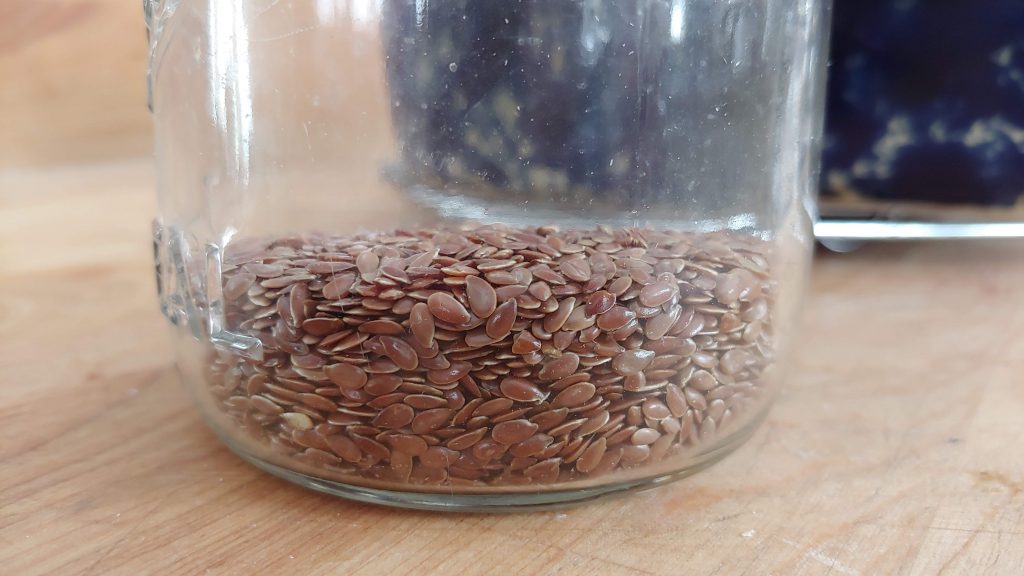
How to Make a Flax Egg
Making a flax seed egg substitute is quite easy, but a few tips will help you succeed.
Step 1
Grind the flax to use as a flax seed egg. Grind it to a fine powder so that it will absorb as much water as necessary.
For each egg you want to substitute with a flax egg, you’ll need:

1 Tablespoon of Ground Flax
+
2.5 Tablespoons of water
Step 2
Place the ground flax into a small bowl, add the water, and stir vigorously with a small whisk or spoon. The more you mix your flax egg, the more gel-like it will become.

Step 3
Once well blended, place the bowl in the refrigerator and let sit for 10-15 minutes or until the texture is thick and resembles that of a stirred-up egg.
This step helps to ensure a nice gel. If you don’t follow this step, the result is a flax egg that is way too runny and a baked item that is way too wet.
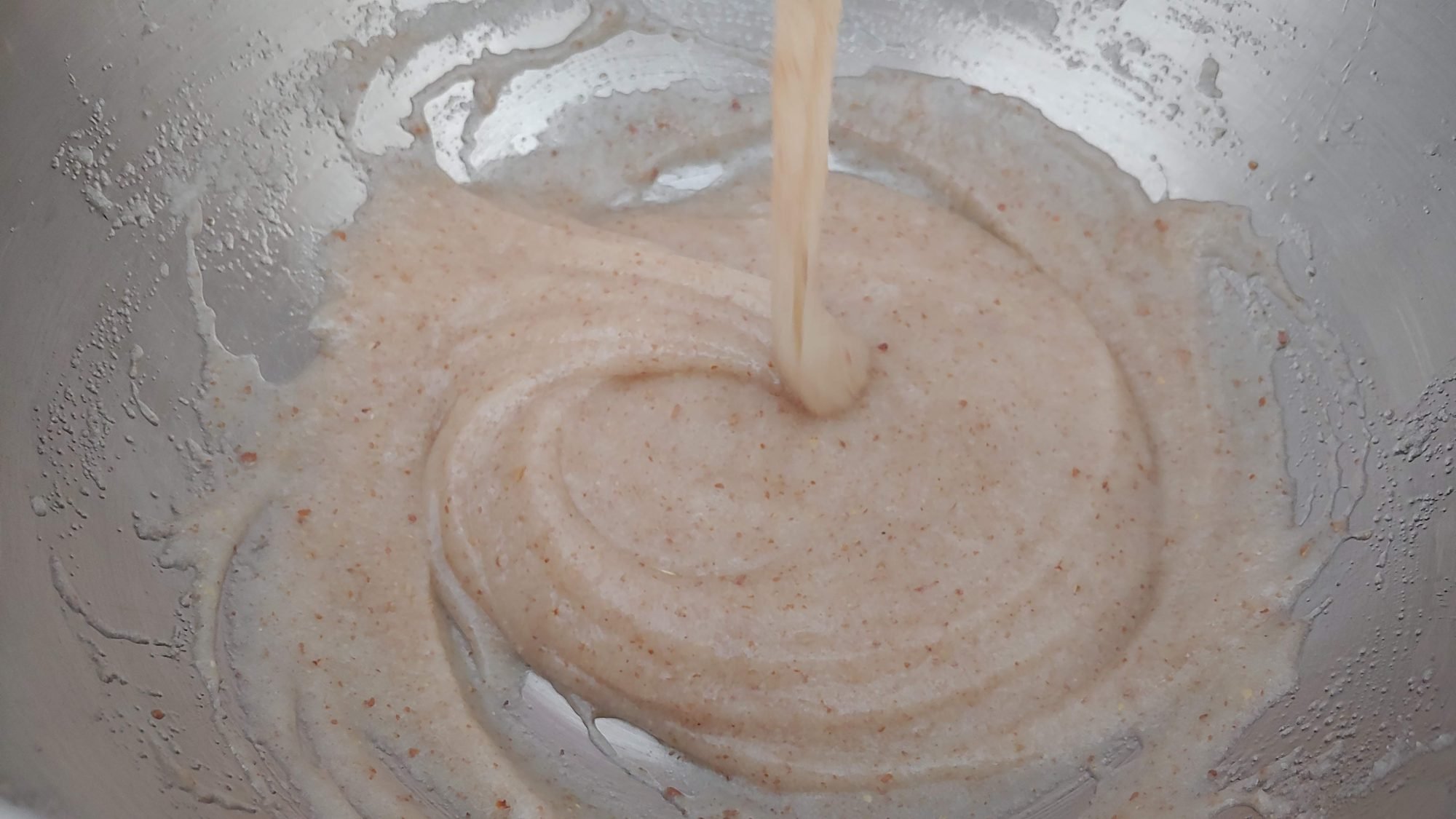
for the beginnings of a brownie recipe.
That’s it. Now, you have an egg substitute you can use in almost any baking recipe (as long as the recipe also has either baking soda or baking powder to ensure appropriate rise).
Other posts you might like:
Frequently Asked Questions
How much ground flaxseed for one egg?
The ratio for substitution is 1 to 1. So for every egg that you would like to substitute you would add 1 tablespoon spoon of ground flax seed and 2.5 tablespoons of water.
How many eggs equal 2 tablespoons of ground flaxseed?
The ratio for substitution is 1 to 1. So for every 2 eggs, that equals to 2 tablespoons of ground flaxseed.
Can ground flaxseed replace eggs in baking?
Yes, it absolutely can. You can use Flaxseed in baking for things like breads and cookies and other recipes that might normally require eggs.
Is 1 flax egg the same as 1 egg?
yes it is the same plus addition of water to the flaxseed.
Carrie Williams Howe is an educational leader by day and an aspiring homesteader by night and weekend. She lives on a small homestead in Vermont with her husband, two children, and a rambunctious border collie. She blogs about her family's homestead life at The Happy Hive.

